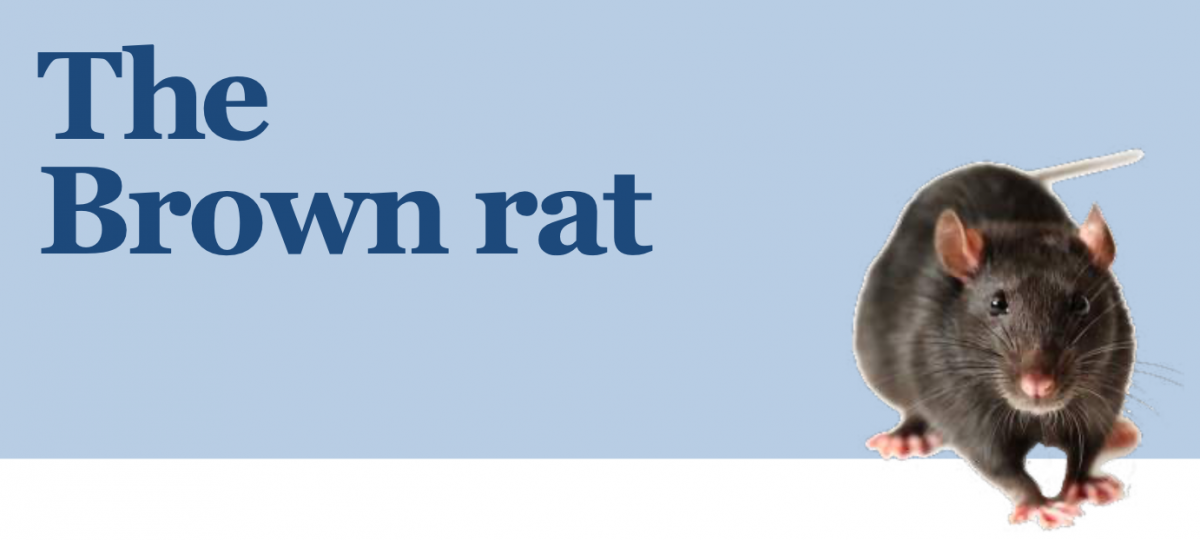Rodents can have a large impact in economics & public health unless they are rapidly contained. Among them exists several common species of interest in urban areas: Rattus norvegicus, Rattus rattus, Mus musculus & Mus spretus.
In urban areas, the most problematic and the most frequent rodent is Rattus norvegicus due its wide scale invasion of human spaces & its biologic plasticity. The cost of rodent infestations – whether through the spread of disease, malnutrition or damage to infrastructure caused – is a global and multi-sectoral phenomenon estimated at around 23 billion euros a year worldwide (which is higher than the GDP of many small countries!). Physical damages caused include all kinds of objects and structural fittings, while the health threat stems from the fact that rodents are a major vector of diseases for other animals and humans.
To find out more information contact CEPA's scientific committee through the CEPA Secretariat with your questions. Relevant questions and answers will be posted as part of this fact sheet on CEPA's website. Additionally, the European Centre for Disease Prevention and Control (ECDC) offers different documents for further reading.
This factsheet on the rodents in urban zones was created by CEPA's Scientific Committee and can be downloaded in full on the CEPA knowledge hub.
Make sure also to sign CEPA’s Memorandum of Understanding online, now available for download in 13 languages. Signatures from businesses, public figures and civil society representatives are welcome and important to CEPA.


